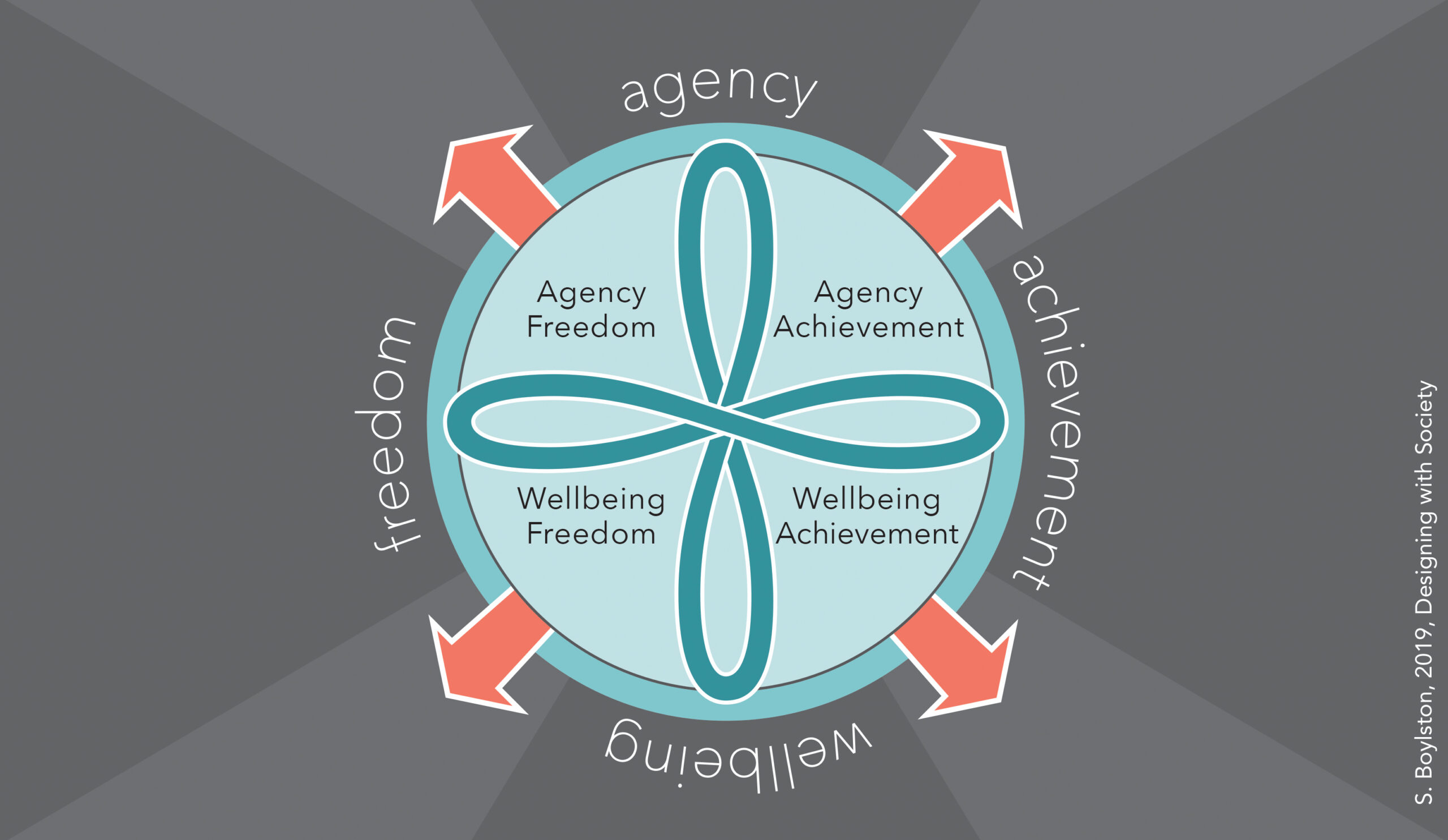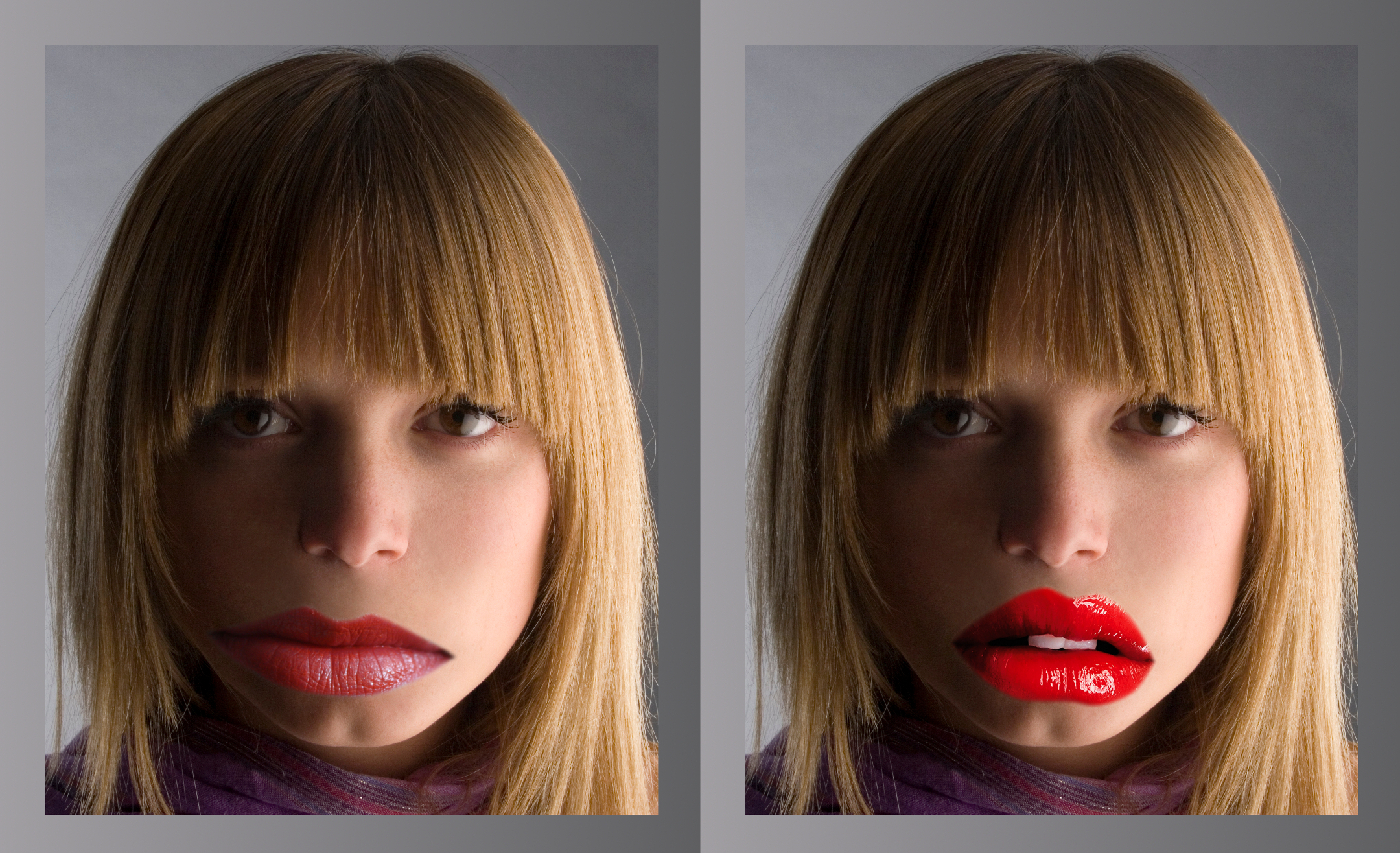
February 25, 2020
Human Capabilities and Design

Two decades ago, design historian Victor Margolin made the observation that the design industry suffered from a crisis of will and a crisis of imagination. He was writing about the industry’s blindness to the growing divide between rich and poor and the devastating effects that overconsumption has been having on our life-giving natural systems. He observed that design, “must disengage itself from consumer culture as the primary shaper of its identity and find a new terrain where it can begin to rethink its role in the world.”
There have been significant moves in that direction since. New opportunities to enter the public and social sectors as a part of transdisciplinary teams have expanded significantly for designers, the growth and maturation of curriculum that focuses on design and society is consistently on the rise, and accolades in topic areas such as social impact are now common fare in design competitions. Yet, deeper questions about suitable guiding principles and skill sets for this emerging field are not being addressed fast enough. Now that the crisis of will and the crisis of imagination are starting to be addressed, we must avoid a crisis of misapplication. Fortunately, already established theories and practices in the public and social sectors can help shape the role we hope to play. We simply must learn how we fit it, and better understanding issues of power and justice is as a good place to start as any.
Blindness to Social Injustice Doesn’t Diminish its Existence
Adam Kahane, in his conflict resolution efforts for Reos Partners makes the observation that “Ignoring power is evidence either of naiveté or cunning.” Fortunately, it’s difficult to imagine designers entering public and social sector work so they can deliberately reinforce power asymmetries. Naiveté, however, is a trait that remains hidden to those who suffer it, and it carries the potential be as destructive a force as cunning. In the social sector, it can reinforce power asymmetries, disempower those we seek to empower, and set back years of incremental progress. Just Sustainability advocate Julian Agyemen has observed you can’t retrofit social justice into efforts to improve society. If a genuine and insistent focus on social justice isn’t mindfully baked into our practice from the outset of a project, outcomes of those efforts will suffer the vagaries of embedded power structures, plain and simple. We would be naïve to think otherwise.
Power and justice are not topics designers are in the habit of discussing. When challenged on this, many designers respond by claiming they aren’t experts in the area and therefore any suggestion we should insert the subject into our work is irresponsible: acting on a limited understanding might actually make matters worse, and who are we to decide what is right and what is wrong, after all? This is a disingenuous argument for several reasons. First, designing any product, service, or system has repercussions on the larger web of life, whether we like to admit it or not. Analyzing the social and environmental impacts throughout the lifecycle of something as seemingly innocuous as a T-shirt reveals how many lives it touches, and how the choices we make can enhance or erode social justice along the supply chain. Secondly, we pride ourselves on the ability to probe the human condition in a qualitative fashion based on human centered design (HCD) practices. To claim such empathetic rigor, only to shirk the responsibility of applying it to people beyond the design/client/user triad impacted by our decision-making is fundamentally hypocritical. Thirdly, our ostensible interest in engaging with serious social matters provides us with every opportunity to meaningfully partner with experts in relevant fields who can teach and guide us.
Plainly put, design in social innovation is so tightly interlinked with matters of justice that the ability to ethically engage in the former is corrupted by the lack of awareness of the latter. (Boylston, 2019) Social justice is to design and social innovation what ergonomics is to industrial design, semiotics is to graphic design, and ethnography is to design research; an assurance that net positive results are more likely an outcome than making matters worse. Yet the stakes are much higher in design for social innovation because the process and outcomes are so inextricably linked to long-term trust building, co-creation, and addressing historic injustices. If, therefore, it seems negligent not to teach ergonomics to industrial designers, semiotics to graphic designers, and ethnography to design researchers, designers and design educators in the social innovation sector must pursue working knowledge in topics such as cultural competence, structural racism, and intersectionality, to name a few. We can’t seriously engage in social innovation as a new realm of design practice unless we acknowledge not only that we’re entering into a minefield of power asymmetries, but we’re doing so in an attempt to address the systemic dysfunctions that their very existence has created. Thankfully, pioneering design agencies like Greater Good Studios in Chicago, Design Impact in Cincinnati, and Center for Urban Pedagogy in New York (to name only a few) are showing us how these topics can be mindfully approached.
Improving Human Capabilities as a Core Design Competency
A relevant body of knowledge for designers to explore to develop a sensitive and informed approach to public and social sector work is the capabilities approach to human development framed by economists Amartya Sen and Martha Nussbaum. This approach focuses on what people in the most disadvantaged communities are capable of ‘doing and being’ as a matter of measuring the levels of justice in a society. If those with the least advantage in society have real opportunities to be and do what they have reason to value, similar opportunities are assured for those with more advantage. The focus on capabilities—or substantial freedoms to do and be what we find value in doing and being—reframes policy decisions through a grassroots lens that attempts to minimize or eliminate the role traditional power structures hold in society. A national economy, as one example, is intended to serve its citizens, not the other way around. What often results, however, in situations where a singular focus on increasing aggregate economic metrics like the GDP (gross domestic product) is that the most economically insecure populations have the least amount of input into how they participate in society. This powerlessness leads to capabilities deprivations, or the stripping away of conditions that provide for opportunities to do and become what these populations have reason to value. The capabilities approach places emphasis on human dignity, and measures that by assessing real opportunities to make decisions about how they live their lives.
Because the capabilities approach is a ‘close-to-the ground’ approach to justice, it can be adopted by designers proficient in human centered design yet disillusioned with its limited application in the public and social sectors. With a concerted effort to translate the principles of the capabilities approach into the field of design, we can establish a frame that articulates the real value of design in the social innovation sector. Much like the capabilities approach in the world of international policy legitimizes the value of participatory democracy and citizen advocacy, a framing of capabilities design can support and further guide the many existing efforts in participatory design, social impact design, and public interest design.
Tools for Capabilities Design
Amartya Sen discusses capabilities through four interlinked concepts: well-being, agency, freedom, and achievement. He explores the contrast between wellbeing and agency, on the one hand, and the distinction between freedom and achievement on the other. In the first case, an individual’s state of wellbeing and her sense of agency can have self-reinforcing influences. This is not assured, of course, but if a person is able to achieve something she sets out to accomplish, this agency will likely increase her wellbeing. And enhanced feelings of wellbeing generate conditions for higher levels of agency.
The relationship between freedom and achievement is slightly different than the above relationship; freedom to do something does not necessarily translate into achieving it for more than one reason. Most obviously, the freedom to do something does not translate into achievement because not everyone provided the opportunity to do something is capable of doing it. Yet, a second reason exists; the choice an individual makes to not pursue that freedom is a freedom in its own right. This is a critical aspect of the capabilities approach; no one should be expected to actualize an available freedom. Instead, freedom of choice is paramount. Achievement, on the other hand, can potentially create more freedoms, yet like the relationship between wellbeing and agency, this increase in freedom is not assured.
What results from these two sets of relationships are four concepts of personal advantage as Sen defines them: wellbeing freedom; agency freedom; wellbeing achievement; and agency achievement. The justness of a society, in Sen’s opinion, can be determined by assessing the level of availability of these four concepts to the least well-off in that society:
—Do they have the freedom to attain their own wellbeing?
—Are the means of achieving that wellbeing accessible to them?
—Do they have the freedom to realize their own agency?
—Are the means of achieving that agency available to them?
Designers can view these four concepts of advantage as touchstones in their work throughout their process. To begin with, designers can create conditions where the community defines these concepts on their own terms. Using these concepts as subjects of inquiry forces ‘capability designers’ to ask deeper questions. Asking the question whether their community of co-design partners ‘have the freedom to attain wellbeing,’ for instance, forces us to consider how they define wellbeing in the first place, as well as how they articulate their levels of freedom to pursue it. These are essential questions, and using the four concepts of advantage as a tool of inquiry will ensure they are addressed.
. . .
Design is still a young field. We are newcomers to the public and social sectors, so efforts to contribute to them require humility and an openness to new and uncomfortable lessons about the human condition, and about the assumptions of privilege. This openness can help insure we remain mindful of the potential consequences of ill-informed actions. And it starts with asking what design needs to learn from the rest of society, not the other way around. Even as we overcome the crisis of will and imagination that Margolin bemoaned twenty years ago, we must seek to derail a crises of misapplication. The Capabilities Approach has so much still to teach us; not only about where we have failed in our efforts to support social innovation initiatives in the past, but about how we can learn from our earlier successes so that our future efforts are more compassionate, more sensitive to context, and more likely to address root causes. Sen’s four concepts of advantage are only the beginning of this understanding.
Observed
View all
Observed
By Scott Boylston
Related Posts

Arts + Culture
Yahia Lababidi|Essays
‘The museum-going cannibal:’ On Francis Bacon

Design Impact
Elizabeth B. Dyer|Essays
The horror between “before” and “after”

The Observatory Newsletter
Delaney Rebernik|Analysis
A story of bad experiential design

The Observatory Newsletter
Ellen McGirt|Essays
Lessons in wandering
Related Posts

Arts + Culture
Yahia Lababidi|Essays
‘The museum-going cannibal:’ On Francis Bacon

Design Impact
Elizabeth B. Dyer|Essays
The horror between “before” and “after”

The Observatory Newsletter
Delaney Rebernik|Analysis
A story of bad experiential design

The Observatory Newsletter
Ellen McGirt|Essays

 Scott Boylston is a Professor of Design for Sustainability at the Savannah College of Art and Design and the co-author and Program Coordinator for the Masters in Design for Sustainability. He is president and co-founder of Emergent Structures, the author of three books and the founder of the Design Ethos conference and ‘DO-ference’. He has served on several boards including the State Board of Directors for the US Green Building Council of Georgia.
Scott Boylston is a Professor of Design for Sustainability at the Savannah College of Art and Design and the co-author and Program Coordinator for the Masters in Design for Sustainability. He is president and co-founder of Emergent Structures, the author of three books and the founder of the Design Ethos conference and ‘DO-ference’. He has served on several boards including the State Board of Directors for the US Green Building Council of Georgia.